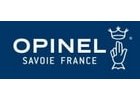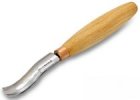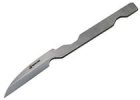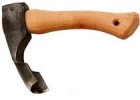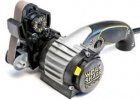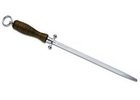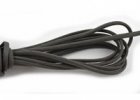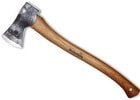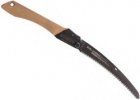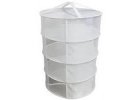Scandinavian knives
Scandinavian knives, also known as a nordic knives have a reputation for their quality, simplicity and versatility. Scandi knives have been used by the Nordic peoples for centuries, and their shape remains more or less the same today as in the past. The two basic types are puukko (smaller knife) and leuku (large knife). The Scandinavian knife is a practical and simple tool for outdoors and hunting. Hunters, fishermen or reindeer herders from the far north carry a knife with them at all times, relying on it for a wide range of daily tasks. These knives serve as essential tools for hunting and processing meat, preparing shelter and wood for fire, and assisting with cooking and eating.
Scandinavian knife - steel and materials
Whether it's Finnish knives, Swedish knives, Norwegian knives or Lapland knives, these Nordic knives are still made from traditional local natural materials like curly birch wood, reindeer antler, leather and brass. Carbon steel remains the classic choice for the blade due to its exceptional toughness, ease of sharpening, and edge retention. In particular, carbon steel 80CrV2 is frequently used in the construction of Nordic knives, ensuring their reliability and longevity.
Types of Scandinavian knives
We can categorize the traditional Scandinavian knife between two basic types - puukko (smaller knife) or leuku (large knife). These two formats can be found throughout all Scandinavia especially in Finland, Sweden, and Norway.
What is the difference between Puukko and Leuku?
The puukko knife is a mid-sized knife with a blade length of 6-13 centimeters, which is expected not only to be perfectly sharp, but also to be tough. One and the same knife must be delicate and sharp enough to separate the meat from the skin, while also being capable of splitting small pieces of wood to start the fire.
The leuku knife has a blade length of 14 centimeters or more, making it a robust and multipurpose chopping knife for heavy-duty work. It replaces the axe when chopping wood, constructing a shed, it can dig a hole in the frozen lake ice, and even replaces the butcher's knife when slicing large pieces of meat.
Sometimes, puukko and leuku knives are used as matching pairs, with a shared sheath to accommodate both blades.
Scandi grind
Almost all Scandinavian knives use the same type of grind - the scandi grind, which is renowned for its simplicity and practicality. With a scandi grind, the blade maintains its full thickness for most of its height. Grind typically begins in the lower half of the blade to form the cutting edge. It is a single bevel grind tapering to the edge without a secondary bevel. Knives with scandi grind are great at woodworking tasks, as they excel in carving, whittling, and other woodwork. Moreover, the Scandi grind is relatively easy to sharpen.
Nordic knife brands
When it comes to scandinavian knives, most renowned brands in this category include Helle Norway, swedish Morakniv, Casström from Lapland Sweden of manufacturers from Finland such as Brisa or Wood Jewel. In addition to these well-known brands, there are also numerous smaller knife makers who produce high-quality scandi knives such as Ahti, Eräpuu or Lappi.
.png)









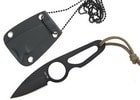





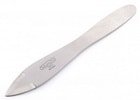










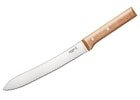
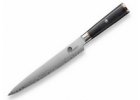

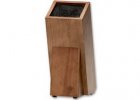



-min.jpg)
